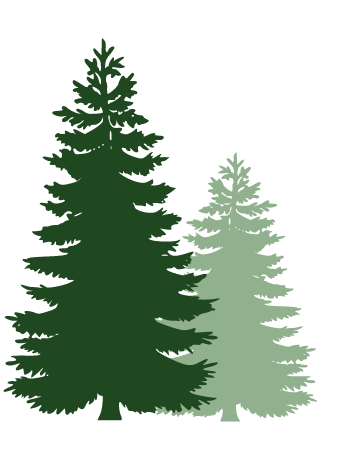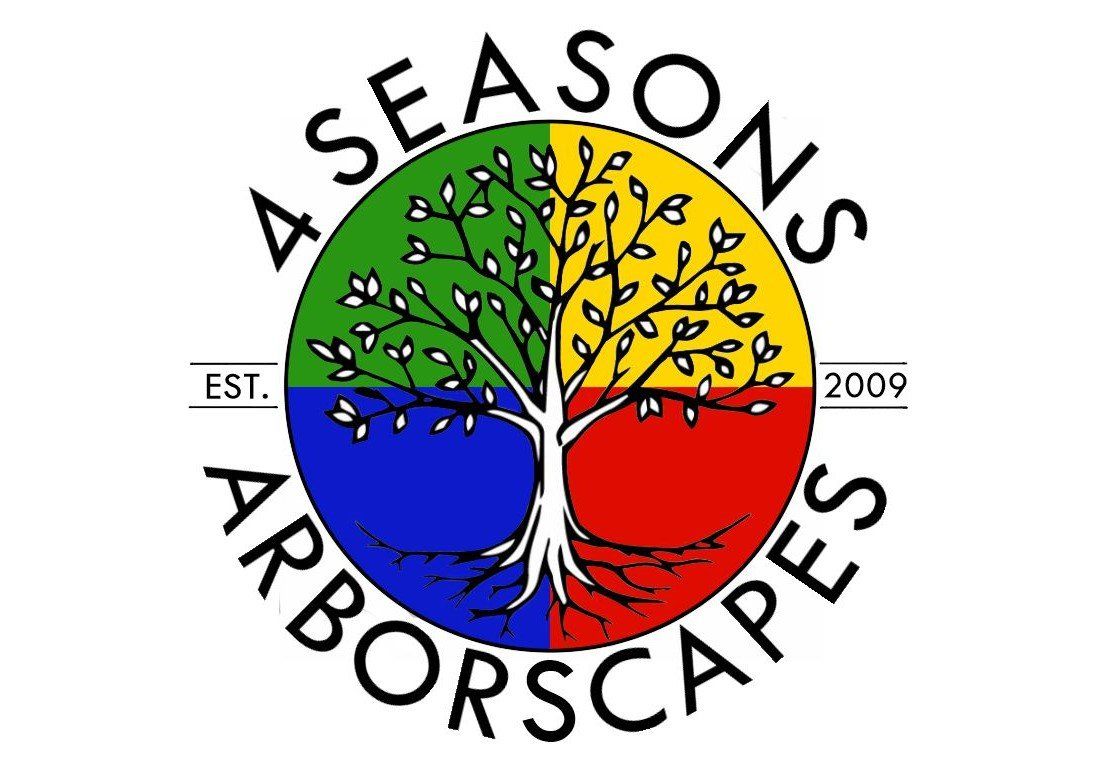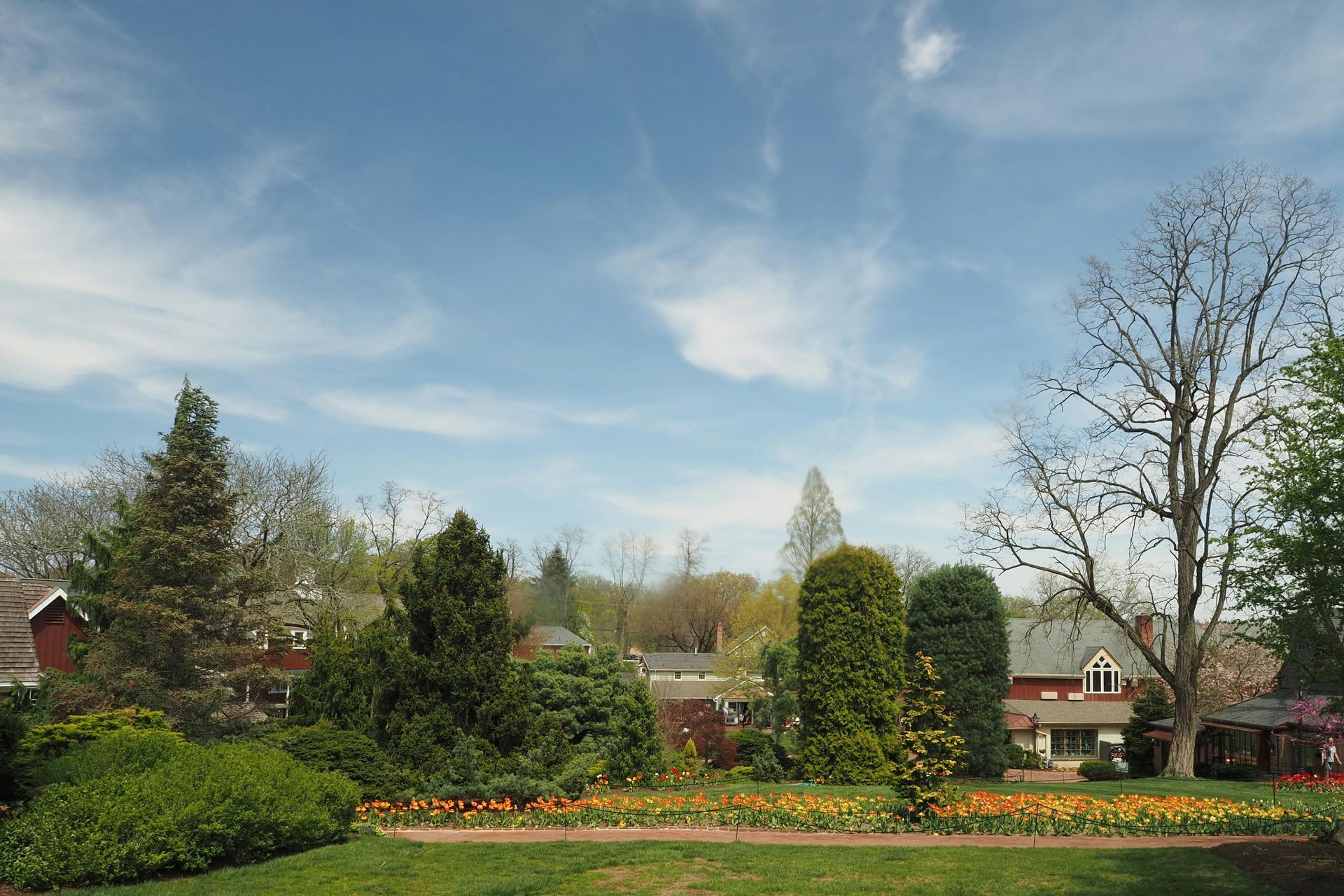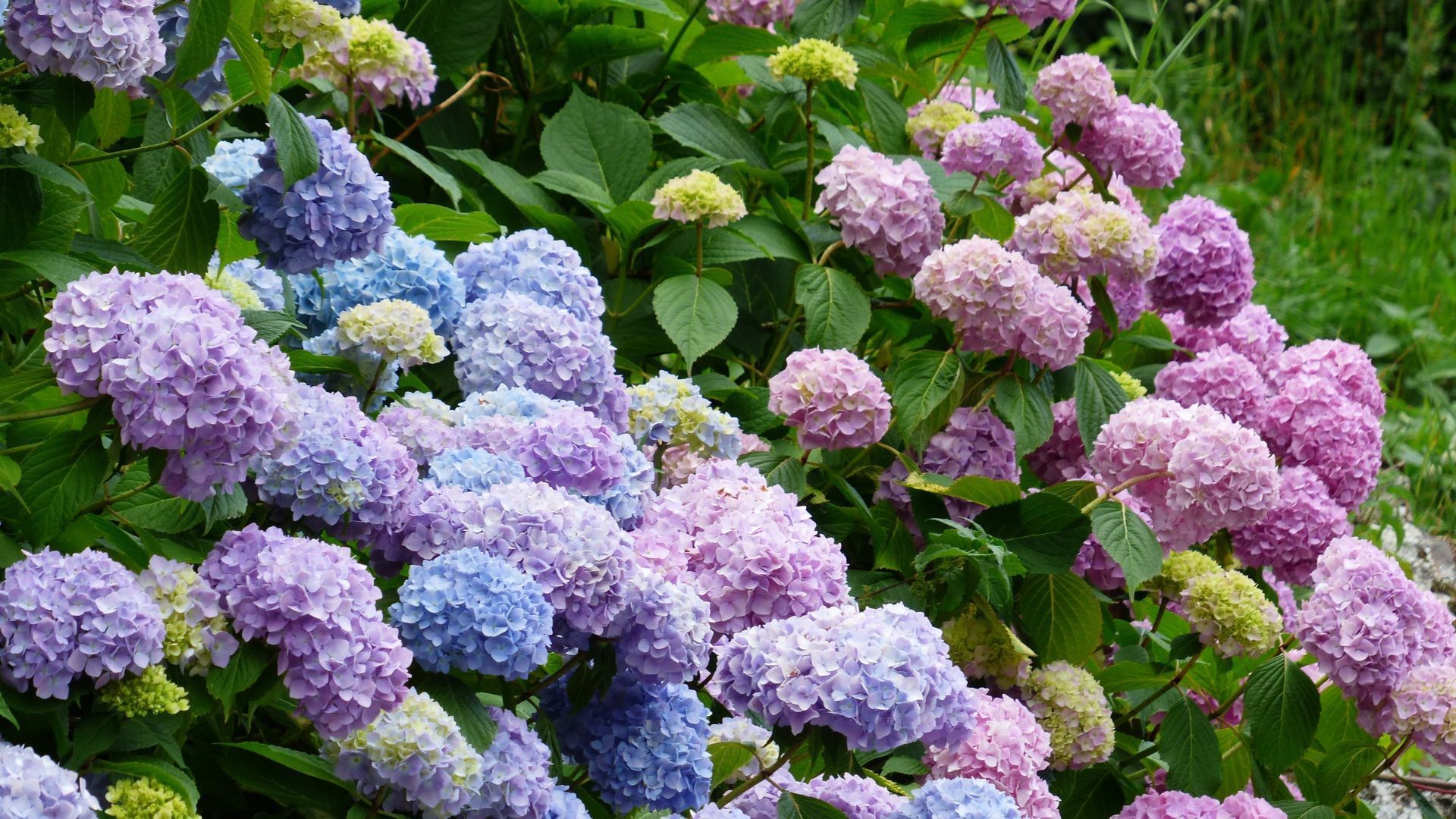The Deodar Cedar
The deodar cedar (Cedrus deodara) is a coniferous tree native to the western Himalayas. Known for its durability and adaptability, this evergreen species is frequently used in landscaping and has ecological and cultural significance. Below is a detailed breakdown of its characteristics, uses, and care requirements.
Physical Characteristics
The deodar cedar typically grows to 40-70 feet in height in cultivation and up to 250 feet in its native habitat, with a moderate to fast growth rate for a conifer. It has a pyramidal shape with a broad, conical crown, and its branches are pendulous, giving the tree a slightly weeping appearance. The needles are soft and range from silvery-green to blue-green, arranged in clusters of 20-30 on short shoots. The cones are particularly notable for their large, barrel-shaped form, growing up to 3-5 inches long. These cones mature over two years and release seeds that are a food source for birds and small mammals. The wood of the deodar cedar is aromatic, naturally resistant to pests, and has been historically valued for construction, carving, and religious symbolism.
Unique Features
Several features set the deodar cedar apart from other conifers. Its massive, barrel-shaped cones are not only impressive but also play a vital ecological role by providing food for wildlife. The sweeping branches lend the tree a soft, graceful appearance that distinguishes it from other cedar species. The silvery-blue needles add to its aesthetic appeal, particularly in landscaped settings.
Natural Habitat
The deodar cedar is native to regions of Afghanistan, Pakistan, and northern India, thriving at elevations between 4,000 and 10,000 feet. It prefers temperate climates and is well-suited to regions with mild winters and moderate rainfall.
Ecological Role
Wildlife Support
The seeds of the deodar cedar provide an essential food source for various birds and small mammals. Its dense branches and evergreen foliage offer shelter, nesting sites, and protection from predators, making it a critical component of its ecosystem.
Soil Stability
The extensive root system of the deodar cedar helps stabilize soil on steep slopes and in mountainous regions, reducing the risk of erosion. This characteristic is especially beneficial in its native Himalayan environment, where landslides and soil degradation are common.
Carbon Sequestration
As a long-lived and fast-growing tree, the deodar cedar plays a role in carbon sequestration, helping to mitigate the effects of climate change by absorbing carbon dioxide from the atmosphere.
Microclimate Regulation
The deodar cedar's canopy provides shade and helps maintain soil moisture levels, contributing to a cooler microclimate and supporting the growth of understory plants.
Uses in Landscaping
The deodar cedar is widely planted as an ornamental tree due to its aesthetic appeal and adaptability. Its size makes it particularly suitable for parks and large gardens, where its broad, pyramidal shape and pendulous branches can be fully appreciated. In these open spaces, it serves as a majestic focal point, offering year-round greenery and a graceful silhouette.
For functional landscaping, the dense foliage of the deodar cedar is highly effective in creating windbreaks and privacy screens. This natural barrier provides shelter from strong winds and blocks unwanted views, making it a practical choice for residential and commercial properties alike. Beyond functionality, the tree's unique shape, silvery-blue needles, and distinctive cones enhance its ornamental value, making it a popular choice for those looking to elevate their landscape design.
Planting Requirements
- Thrives in USDA Hardiness Zones 7-9.
- Prefers well-draining soils with a pH range of 6.0 to 7.5 but is adaptable to various soil types.
- Requires full sun, or at least 6 hours of direct sunlight daily.
Maintenance & Care
Watering
Young trees need regular watering to establish roots. Mature trees are drought-tolerant but benefit from occasional deep watering during prolonged dry periods.
Pruning
Minimal pruning is required. Remove dead or damaged branches to maintain health.
Pests & Diseases
Generally resilient but may be affected by aphids, spider mites, or root rot if overwatered. Inspect regularly and treat issues promptly.
Fertilization
Apply a balanced, slow-release fertilizer in early spring if soil nutrients are lacking.
Cultural and Historical Significance
The deodar cedar has been historically valued in its native regions:
- In South Asia, it is considered sacred and associated with spirituality.
- Its durable and pest-resistant wood has been used in temples, furniture, and buildings.
Conclusion
The deodar cedar is a versatile and durable tree that adds significant ecological and aesthetic value to its surroundings. Whether you are considering planting one in your landscape or caring for an existing tree, understanding its requirements and characteristics ensures long-term success. For further guidance, consult a tree care professional or your local arborist.
References:
How to Grow and Care for the Deodar Cedar
Cedrus deodara - Wikipedia
Check out the latest...








